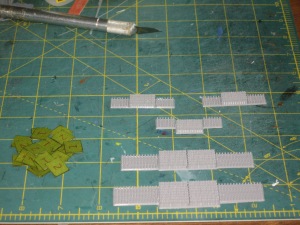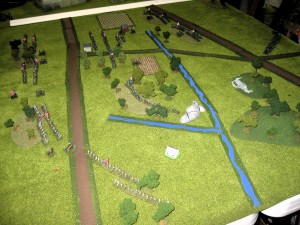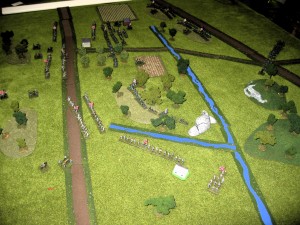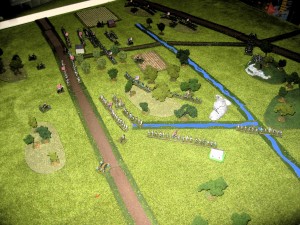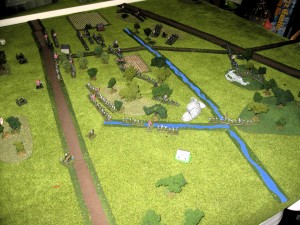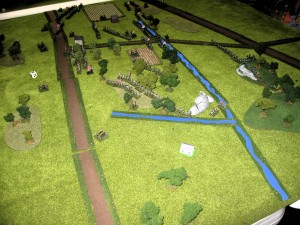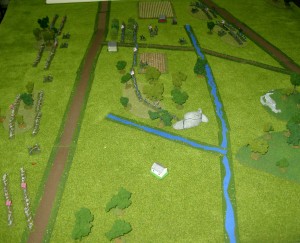While getting ready to play Marathon, I have started to ponder the lack of Persian cavalry. Herodotus says that the Persians chose Marathon bay as a landing spot because it was ideal for cavalry action. So, if nothing else, Datis at least had cavalry in mind when he chose this landing spot. Looking at the invasion force, the Persian army was limited indeed. There were 600 Triremes in his invasion force. At 30 “marines” per ship, it is not likely that this force had more than about 18000 men. Given that this force also captured and sacked Eretria in the previous year, it is also likely that they did not receive any substantial reinforcements. The PRESTAGS scenario sets their army strength at about 15,000 men, which is a reasonable number. Given that Herodotus mentions only 600 triremes, a possibility is that there was no cavalry at all.
Lets assume there is cavalry. One theory was that it was off foraging when the battle started. If that is true, then what happened to the cavalry when the Persian army beat a hasty retreat? They certainly did not get back on the ship. A second possibility is that they were embarked on the ships before the battle started. This would be a curious move since the whole of the Athenian army was on the field right there. My theory is that this was an expedition to get a foothold in Greece. There was no cavalry. They would setup a camp and await reinforcements which would almost certainly include cavalry for a major invasion. It certainly fully fits the narrative that Herodotus gives us.
The Greek army is easy to figure out. 10,000 Athenian hoplites and 1,000 Plataean hoplites. There seemed to be no light infantry or archers in this group. Certainly too few to matter if any.
This will be my first big test of PRSTAGS with my custom maps. I am a bit concerned that the movement rates are a little fast for the slightly smaller battle areas. I have a few ideas on how to correct that if it turns out to be so.
Finally, I’ve updated the first 4 maps with slightly better graphics. The rivers are a bit smoother and the hills just look more natural.



 Posted by acarhj
Posted by acarhj 



